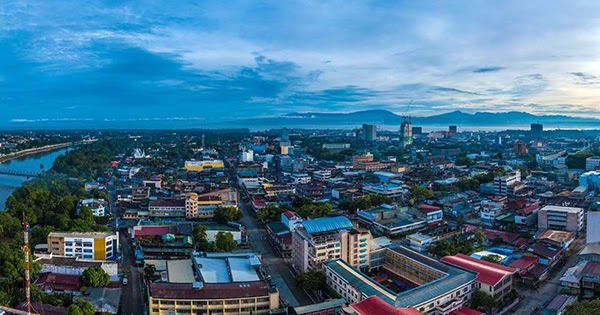

New tools and gadgets allow clandestine, fast, hassle-free, and inexpensive sharing of these recorded acts (authorised or not) for different reasons such as harassment, to humiliate and scandalise particular women (or men), or for commercial purposes (i.e., the lucrative trade in sex videos). Many popular personalities are victims but even private individuals are not spared from such malicious and unacceptable practice that often target and affect women from different walks of life.

#TEXTMATE IN DAVAO CITY OFFLINE#
Sex videos and compromising images of couples proliferate online and offline for various purposes. Unauthorized recording, reproduction and distribution of videos and imagesĬases of unauthorised recording, reproduction and distribution of videos and images are increasingly disturbing. The following were the different forms of EVAW identified during these discussions:

This twelve-country initiative is sponsored by the Association for Progressive Communication’s Women’s Networking Support Programme. The roundtable entitled “E(electronic) VAW: Gender, Technology & Public Policy,” is part of a global project called “Take Back the Tech! To End Violence Against Women”.
#TEXTMATE IN DAVAO CITY SERIES#
The Foundation for Media Alternatives ( FMA) in the Philippines conducted a series of round table and focus group discussions with key stakeholders, such as governmental representatives of Cyber Crime Unit, the Senate and Congress Committee on Women, or the Dept of Social Welfare, academics and most active women’s groups. This article outlines some of these emergent forms of VAW in the digital sphere, in the hope of raising awareness and engendering appropriate responses from all stakeholders. Cases, both reported and unreported, are slowly emerging and law enforcement is facing new challenges in appreciating and responding to such new forms of VAW in the Philippines.

Meanwhile mobile phones become an extension of their personal lives, providing speedy communication and convenient storage of personal and important messages or information.Īll these spaces made available to women in the digital world are also becoming spaces for violence against women to occur. The internet provides them space for self expression, education, communication and networking. Women are becoming more and more visible online. Moreover, as we move into the information age, new spaces are created for people to explore, thus creating new avenues for violence. Law enforcement agencies and service providers are receiving complaints of domestic violence, rape, sexual harassment, prostitution and trafficking on a daily basis despite existing efforts and various strategies employed to raise public awareness and educate communities about its realities and how it can be addressed. Though the number of reported cases to the Philippine National Police ( PNP) differs from the number of cases served by Department of Social Welfare and Development ( DSWD), figures in both agencies have increased by more than 30% from 2008 to 2009. Because it happens both in the private and public sphere of women’s lives, it is recognised to be a crime against humanity and not merely a crime against a person. Violence against women in the Philippines is considered a public crime.


 0 kommentar(er)
0 kommentar(er)
